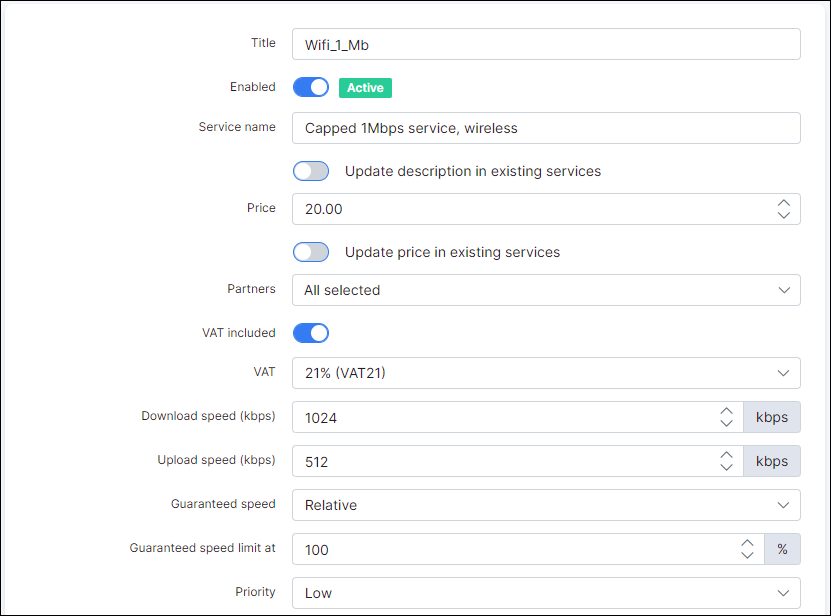
The kid has a cap with the labels which indicate direction something like below and now the guard needs to read the label and pop it and send the kid to the label indicated direction. But the kid needs to carry the path info and it is done with the help of sticking labels on the kid’s cap. At every road intersection, we have a guard who can help the kid. I found this example over the internet, where Ron talks about a kindergarten kid who needs to go to his home and he doesn’t know the path. something like below examples… Juniper’s Ron Bonica’s example: In Segment routing traffic engineering we use source routing which means that TE headend will know the end to end path which it will put on the packet as label stack while sending packets out. In this blog I will cover MPLS data plane using ISIS as the IGP. You already know that in order to run MPLS traffic engineering we need to enable RSVP end to end which helps in label distribution and signalling.But in segment routing the label distribution part is taken care by IGP (ISIS TLVs or OSPF opaque LSA) in MPLS data plane and in IPv6 extension headers in case of SRv6. In this blog I will discuss about the Segment routing based traffic engineering with the MPLS data plane. GNS3 Cisco Lab : Segment routing Traffic engineering(SRTE) explicit and dynamic path configuration on IOS-XR. GNS3 LAB: Segment Routing Configuration on Cisco IOS-XE and IOS-XR routers. Please check other segment routing blogs here: If I want to prioritize traffic with that DSCP tag (while still shaping/limiting to 10Mb), what else do I need to do? "Reserving" 1-2Mbps for that traffic would be nice as well, but I don't want to prevent normal traffic from using the full pipe so long as the VoIP doesn't need it.This is the second blog in segment routing series.


The egress VoIP traffic from the spoke sites should be getting marked with a DSCP tag by the routers at those sites. #2 - Most of these sites are doing VoIP traffic. #1 - With the above, if I apply the "Limit-10Mb" policy to multiple different interfaces or sub-interfaces, does each if or subif get its own "bucket" of 10Mb? Or is that single "shape average 10m" distributed/shared among all ifs that receive the policy? IOW, assuming all of the ifs/subifs are the same, do I need to define separate policy-maps for each one, or can I define the generic map once and re-use it on all of the ifs/subifs? ASR(config-if)# service-policy input Limit-10MbĪSR(config-if)# service-policy output Limit-10Mb


 0 kommentar(er)
0 kommentar(er)
